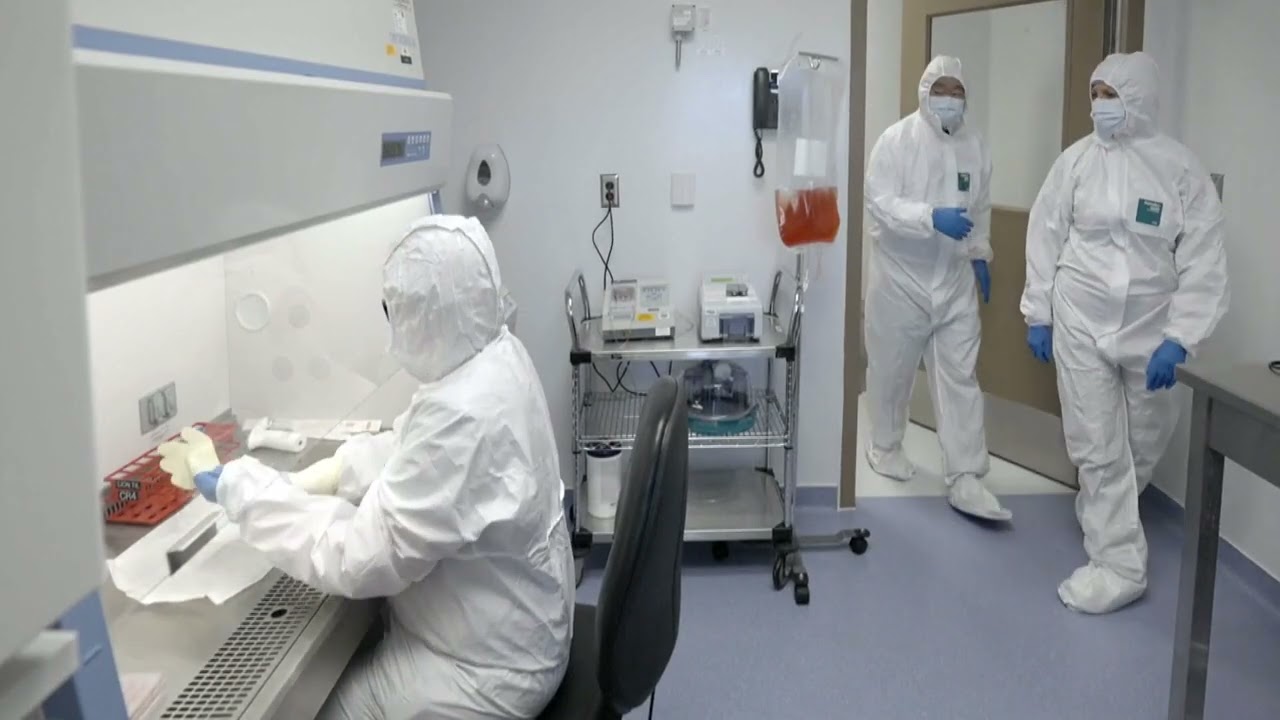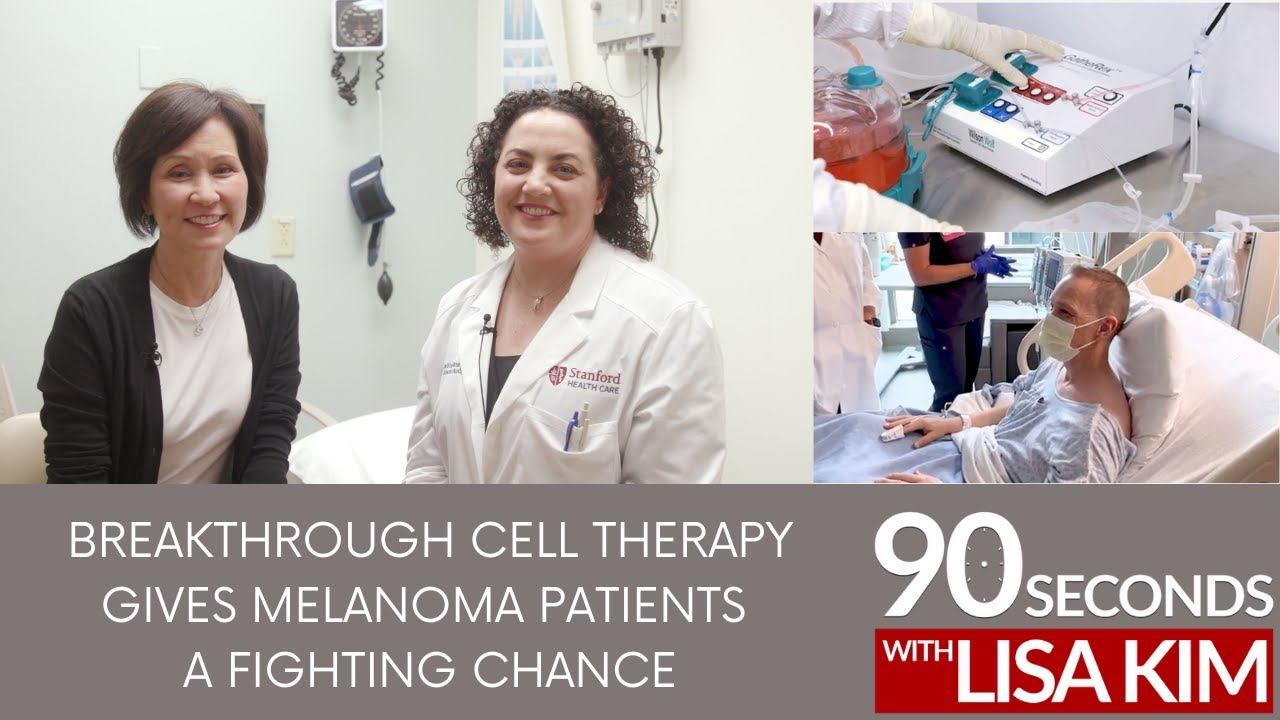The Oncology Channel
NEW YORK (Reuters Health) – In a phase three study of elderly patients with newly diagnosed acute myeloid leukemia (AML), decitabine achieved a higher response rate, with a possible survival advantage, compared with low-dose cytarabine or supportive care.
The study was published online June 11 in the Journal of Clinical Oncology.
Decitabine (Dacogen, Eisai Co Ltd) is an azanucleoside DNA methyltransferase inhibitor approved in the U.S. for treating myelodysplastic syndromes. In March, the U.S. Food and Drug Administration rejected Eisai’s application to expand use of the drug to treat AML, citing insufficient evidence that it was safe and effective in AML.
The decision followed a 10-3 vote against the drug for AML by an FDA Oncologic Drugs Advisory panel — the panel expressing concerns about the survival benefits when treating AML. One panel member abstained from voting.
The study now in JCO, which the panel considered in its review, included 485 high-risk patients aged 65 and older with primary or secondary AML and poor prognostic factors (median baseline blasts, 46% and poor cytogenetics).
It compared decitabine with patient “treatment choice” (TC) – either supportive care or low-dose cytarabine, the two most common treatments in elderly AML patients, Dr. Hagop Kantarjian from University of Texas MD Anderson Cancer Center in Houston and colleagues explain.
The decitabine regimen was 20 mg/m2 per day as a one-hour intravenous infusion for five consecutive days every four weeks and cytarabine regimen was 20 mg/m2 per day as a subcutaneous injection for 10 consecutive days every four weeks.
The researchers report that the primary overall survival analysis (including 396 deaths by October 28, 2009) showed a nonsignificant increase in median overall survival with decitabine relative to TC (7.7 vs 5.0 months). The hazard ratio was 0.85.
In an unplanned analysis of mature survival data collected up to October 29, 2010 (446 deaths), the difference in overall survival in favor of decitabine became statistically significant (HR 0.82; nominal P value 0.37).
In addition, significantly improved remission rates (complete remission or complete remission without platelet recovery) were seen with decitabine vs TC (17.8% vs 7.8%; p=0.001).
Patients in the decitabine arm received a median of four treatment cycles (vs two cytarabine cycles) and 26.5% of patients received at least nine cycles. Both agents were well-tolerated; treatment-related adverse events for decitabine were similar to those for cytarabine and consistent with the known decitabine safety profile and clinical presentation (predominantly myelosuppression) of AML, the authors report.
They further point out, “Despite a longer decitabine treatment duration and AE reporting period, the incidence and severity of AEs that led to discontinuation or death were similar between arms. After adjustment for study drug exposure, the overall death rate per patient-year was lower for decitabine (0.57) than for cytarabine (0.73), and between group
death rates as a result of AEs were similar (0.43 vs 0.48). These findings are important because older patients with AML have limited treatment options, and the toxicity of standard therapies limits treatment,” they write.
A limitation of the trial was its open-label design. But the authors note that their results are in line with those from a multicenter open-label trial that used the same five-day decitabine regimen in 55 elderly patients with intermediate- and poor-risk AML.
Despite the FDA rebuff of decitabine for AML, Dr. Kantarjian told Reuters Health that he believes, “based on this study (that) decitabine is the best treatment option for older patients unfit for intensive chemo.”
The study was supported by Eisai; partially supported by a grant from the Leukemia Specialized Program of Research Excellence. Several of the authors have financial relationships with Eisai and other drug companies.
SOURCE:
J Clin Oncol 2012;30.








